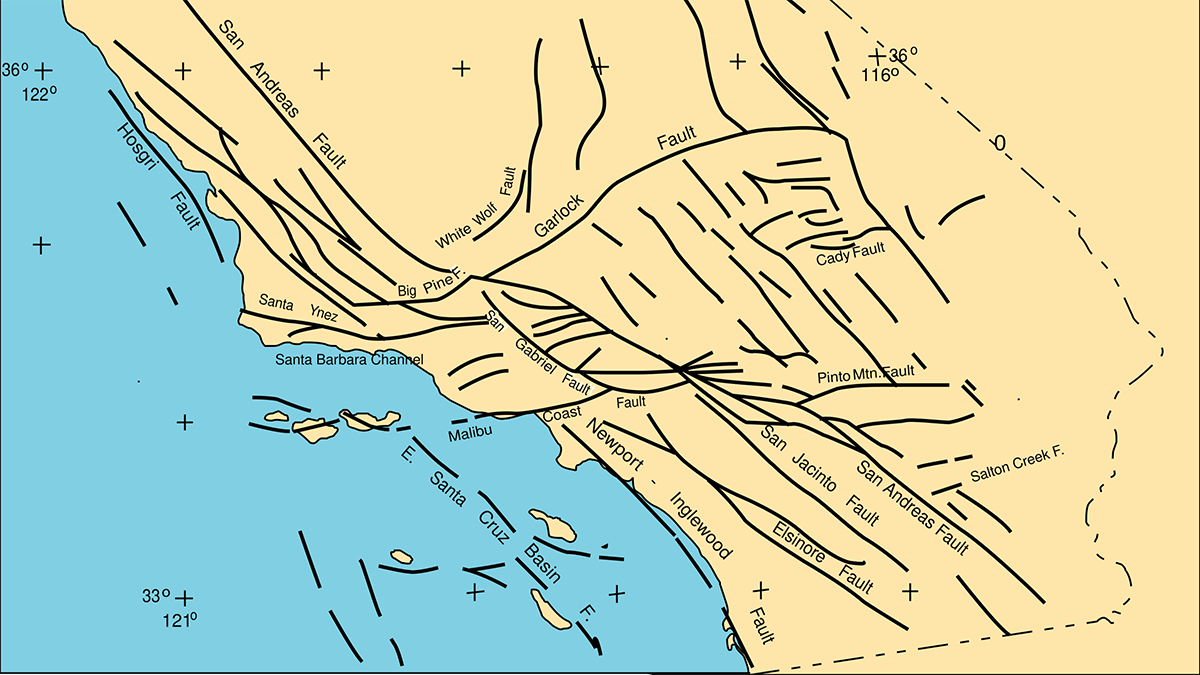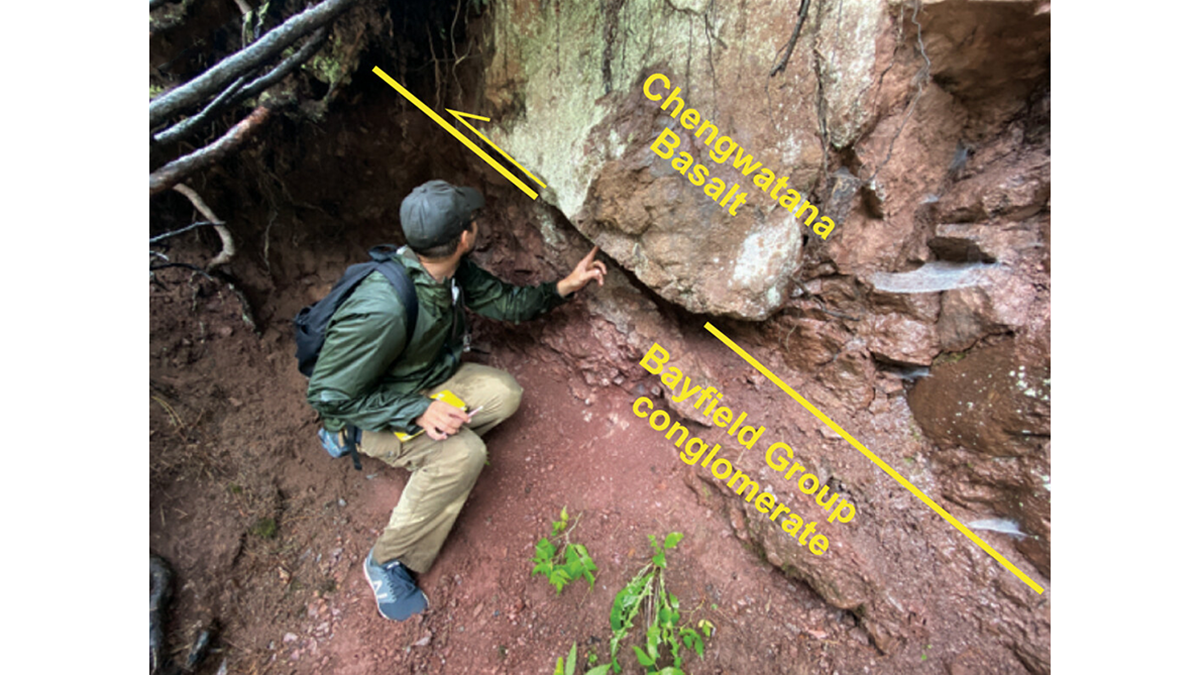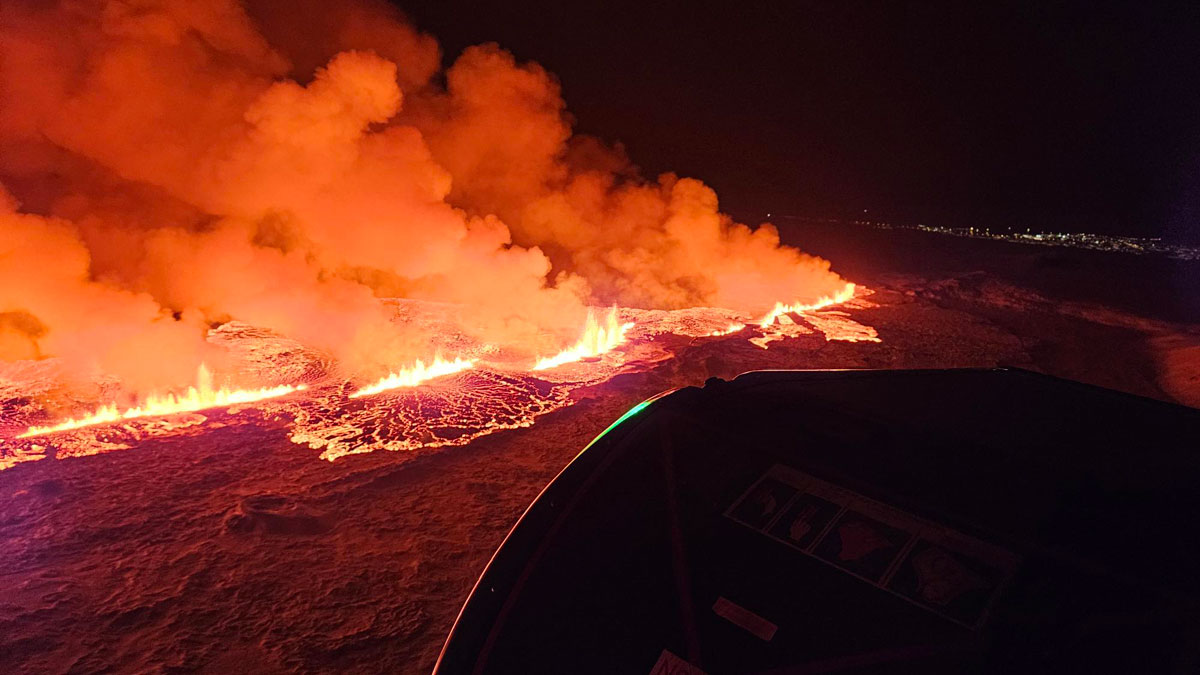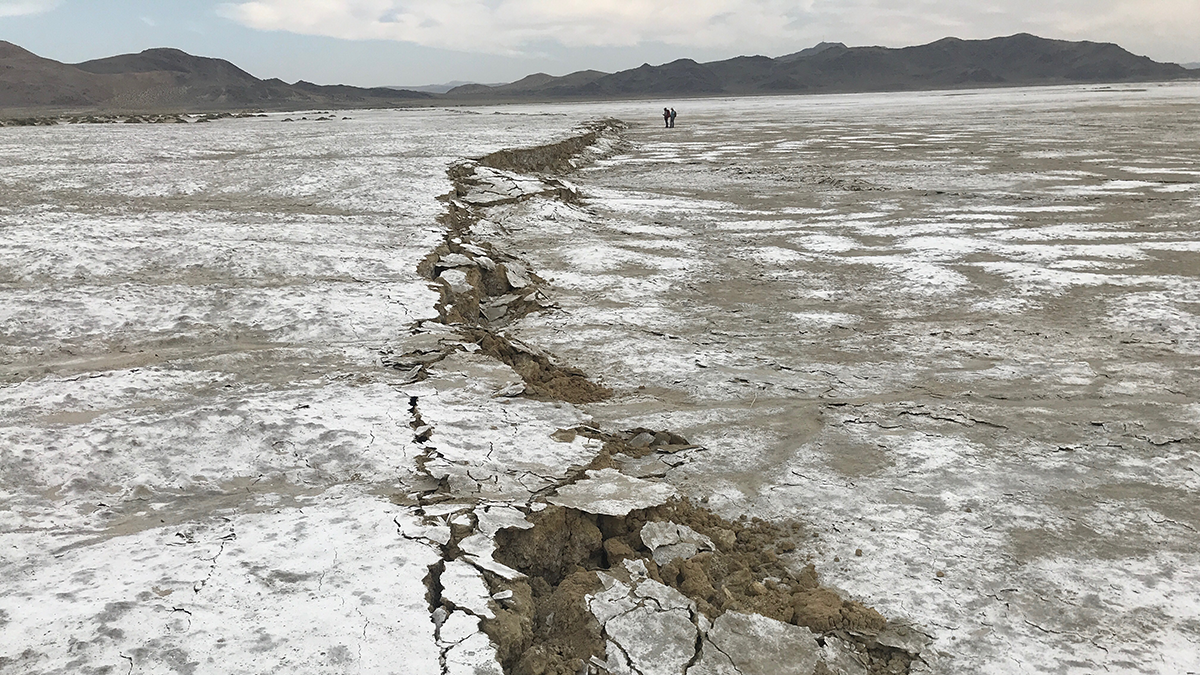A recent study offers an alternative perspective on why some fault segments slide smoothly, whereas others get stuck and produce earthquakes.
faults
Structural Inversion of an Intracratonic Rift System in Deep Time
A new study reconstructs how an ancient North American rift system was uplifted in space and time due to subsequent continent-continent collision.
En una rara oportunidad, investigadores observan la formación de los valles islandeses
Durante el período previo a las recientes erupciones volcánicas cerca de la ciudad de Grindavík, científicos documentaron la formación de grabens en tiempo real.
Operational Earthquake Forecasting – What Is It and How Is It Done?
While earthquakes cannot be deterministically predicted, operational earthquake forecasting systems can provide valuable insights into the likelihood of future quakes.
In Rare Opportunity, Researchers Observe Formation of Icelandic Valleys
During the lead-up to recent volcanic eruptions near the city of Grindavík, scientists documented graben formation in real time.
New Moonquakes from Old Data
Almost 50 years after they were turned off, the Apollo seismometers still have secrets to reveal.
Imaging Below the Surface Reveals One of Los Angeles’s Webs of Faults
Damage zones extend to either side of many faults and can affect how future earthquakes behave.
Faults Along Salt Walls Are Less Stressed in the Paradox Basin
Based on an extended stress database, scientists observe systematic changes in the tectonic stress state and a reduction in fault reactivation potential near salt walls in the Paradox Basin.
Tracing Millions of Years of Geologic Stress in the Andean Plateau
Paleostress modeling shows how a region of the Andean Plateau was uplifted and formed beginning more than 20 million years ago.
断裂成熟度和断裂走向,哪个对大地震更重要?
对青藏高原2021年玛多地震的详细研究表明,与先前的假设相反,断裂走向对地震破裂动力学特征的影响有时会超过断裂成熟度的影响。










